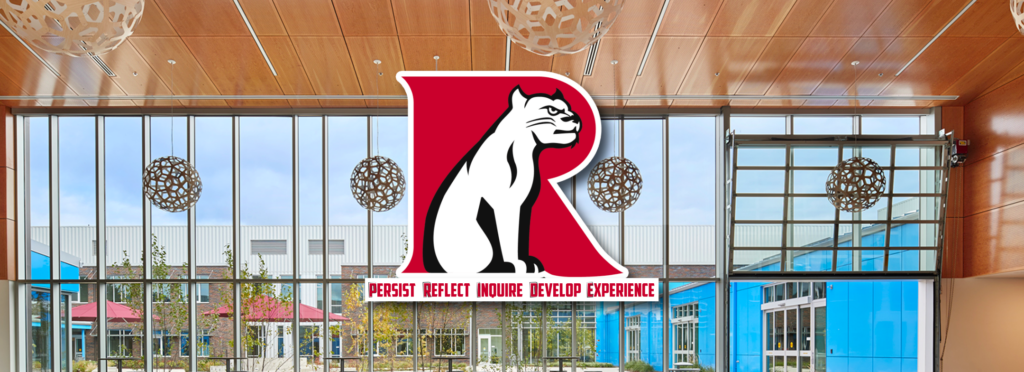Celebrate Student Assets: Understanding the Different Types of Human Capital

Human resources are the most valuable assets the world has. They are all needed desperately.
– Eleanor Roosevelt

INTRO
Educators may have a habit of looking at students through the lens of what is missing, or what isn’t fair in their lives (the deficit perspective).
Examining student assets, particularly in underrepresented communities, allows teachers and staff to recognize, celebrate, and extenuate those strengths. These can be described as ‘Human Capital’ in the following categories: Aspirational, Familial, Linguistic, Navigational, Resistance, and Social.
OBJECTIVES
- Shift the focus from what students are missing (deficit perspective) to focusing on student assets
- Recognize and celebrate student strengths
- Look at the whole student experience
ACTIVITY
Developed from the article by First Generation College Students Navigating Higher Education.
- Examine the various forms of human capital.
- Reflect on which forms of human capital you already value and which you do not. Reflect on why this is.
- Consider each of your students in terms of the various forms of human capital. What do you notice about your perceptions of your students in terms of which forms of human capital they embody, and your own previous reflection about the forms you value or not?
- Identify student strengths in terms of human capital and how you can better recognize and celebrate them going forward.
6 FORMS OF HUMAN CAPITAL
Aspirational Capital
“The ability to maintain hopes and dreams for the future, even in the face of real and perceived barriers. This resiliency is evidenced in those who allow themselves and their children to dream of possibilities beyond their present circumstances, often without the objective means to attain those goals” (Yosso, 2005 pp. 77-78).
SKILLS
- Goal-orientation
- Resilience
- Motivation
- Inspired
- Go-getter
- Perseverance
- Drive
- Taking initiative
- Conviction
- High expectations
- Determination
- Utilizing
Familial Capital
A student’s ability to use family members or people in the community, to leverage them as a resource. Reflecting a commitment to community well-being and an understanding of kinship (blood relation and/or the extending family unit that is defined by shared social experiences).
SKILLS
- Deep connection to community through shared experiences
- Value orientation
- Unique perspective
- Knowledge that can be shared in multiple environments
- Broader understanding of who family is
- Use of a cultural lens
Linguistic Capital
Includes the intellectual and social skills attained through communication experiences in more than one language and/or communication style (Yosso, 2005). Linguistic capital reflects the idea that bi-/multilingual applicants possess multiple language and communication skills that can help them be more effective in the workplace.
SKILLS
- Storytelling
- Listening
- Perspective
- Adaptability
- Comprehension
- Code-switching
- Problem-solving
- Multi-tasking
- Decision making
- Providing feedback
- Reflection
- Respect
- Empathy
- Ability to navigate more than one language
Navigational Capital
Skills of maneuvering through social institutions and structures of inequality. Navigational capital acknowledges individual agency within institutional constraints and the resulting skills or “inner resources, social competencies and strategies that permit individuals to not only survive, recover, or even thrive after stressful events, but also to draw from the experience to enhance subsequent functioning” (Stanton-Salazar & Spina, 2000, p. 229).
SKILLS
- Resourcefulness
- Self-awareness
- Ability to multitask and prioritize
- Adaptability
- Using social networks
- Persistence
- Determination
- Proactive
- Goal-orientation
Resistance Capital
“Those knowledges and skills fostered through oppositional behavior that challenges inequality” (Yosso, 2005 p. 80). This form of capital highlights the skills and knowledge used to resist inequality and push forward. It gives individuals an opportunity to resist stereotypes that are contrary to their authentic self.
SKILLS
- Resilience
- Willingness to take challenges
- Ability to adapt quickly
- Being a pioneer
- Social justice orientation
- Inspiring others
- Strong core values
Social Capital
Networks of people and community resources. These peer and other social contacts can provide both instrumental and emotional support to navigate through society’s institutions. Uses community resources and the connections that you already have and/or are building in your network to support your goals.
SKILLS
- Relationship building
- Establishing trust
- Confidence
- Taking initiative
- Bridge building
- Maintaining healthy relationships
TIPS
- Key Moves are efforts that require a bit of planning, but can be implemented within the next 3-6 months.
- This activity can (and should) also be applied when examining school staff and community members.






Responses